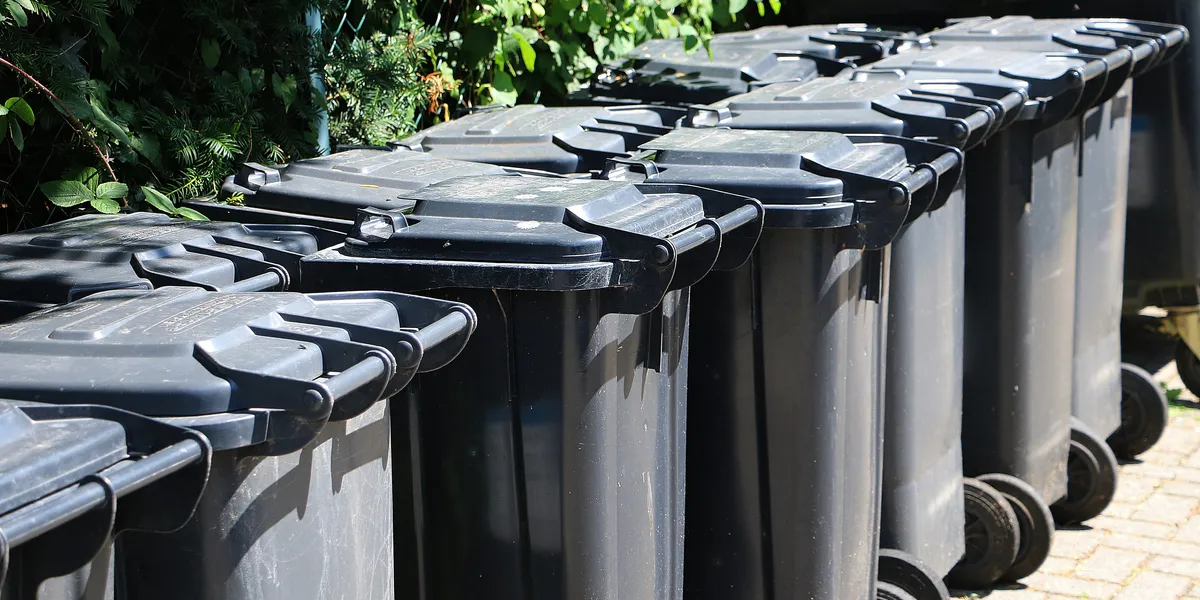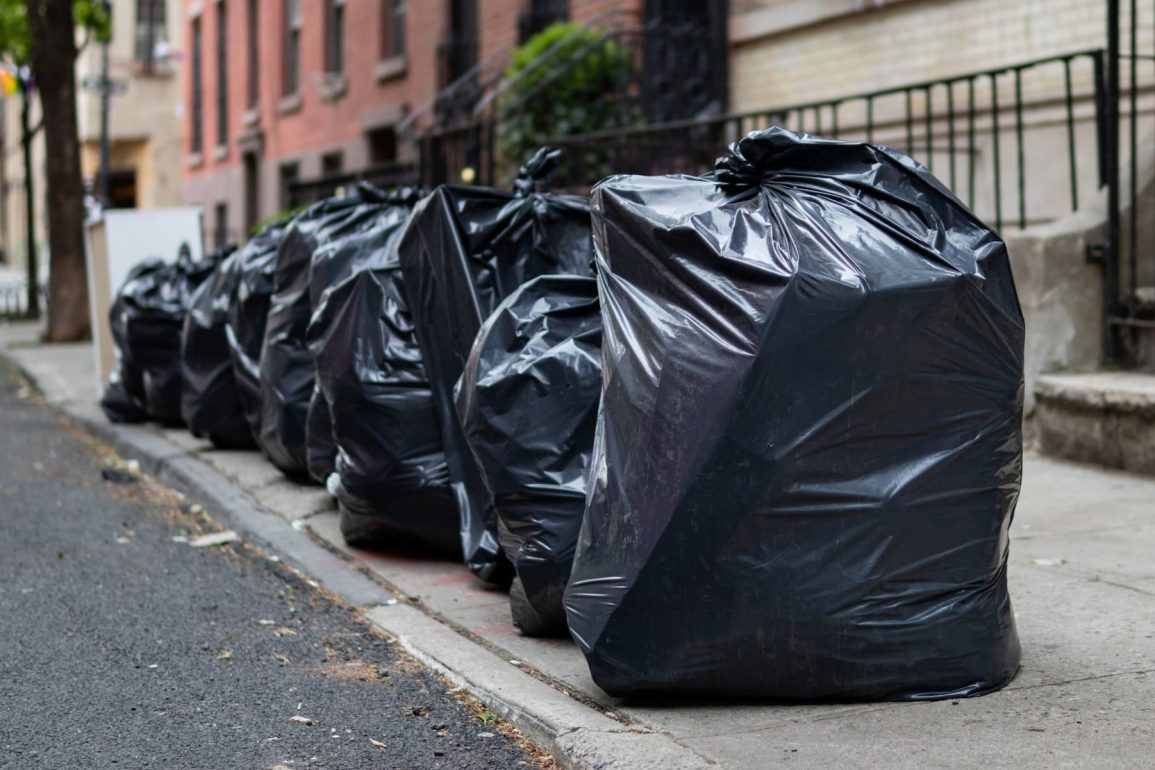Last year, New York City introduced 200 composting bins, accessible via an app, marking a significant step forward in waste management for environmentally conscious residents. This initiative garnered excitement among individuals who are keen on improving rubbish disposal practices.
Initially, the novelty of composting engaged many, including my children, but their interest waned over time. This week, however, the introduction of a new fleet of wheelie bins across the city has reignited excitement and brought a fresh wave of enthusiasm.
Mayor Eric Adams has branded this initiative a “trash revolution,” which is more than just hyperbolic rhetoric. Compared to Britain, the US, and particularly New York, has lagged in waste management technology.
The iconic images of New York’s streets lined with piles of black bin bags, contributing to the city’s rat problem and distinctive summer stench, underscore the urgent need for improved waste disposal methods. The new wheelie bins aim to address these issues head-on.
The introduction of wheelie bins marks a significant shift from the traditional waste disposal methods in New York. Unlike Britain, where such bins have been standard for decades, New Yorkers will have to purchase these bins at approximately $50 each.

This requirement will initially apply to landlords and property owners of small apartment buildings, with penalties for non-compliance enforced by the Sanitation Police. Officials anticipate a substantial reduction in loose bin bags on sidewalks, which could significantly improve the city’s cleanliness.
This rollout is part of a broader conversation about managing waste in densely populated cities during an era of unprecedented waste generation. Despite fines for improper recycling, composting for food waste remains optional in New York.
The city produces 14 million tonnes of trash annually, managed by thousands of garbage trucks. Historically, much of this waste ended up in the Fresh Kills landfill in Staten Island until the site’s closure in 2001, leading to the current practice of shipping trash out of the city.
In a city grappling with major issues such as affordable housing, public education, and the subway system, the wheelie bin initiative may emerge as one of Mayor Adams’s most successful projects. His cheerful demeanor during the launch event, coupled with the uplifting background music, highlighted the positive impact this initiative could have on the city’s waste management system and overall quality of life.
Ultimately, the real heroes of this trash revolution are the sanitation workers. Their tireless efforts, especially in the sweltering summer heat, keep the city functioning smoothly. The pride associated with the DSNY, exemplified by popular merchandise like my daughter’s favorite T-shirt, underscores the essential and often underappreciated role these workers play in maintaining New York’s resilience and strength.

